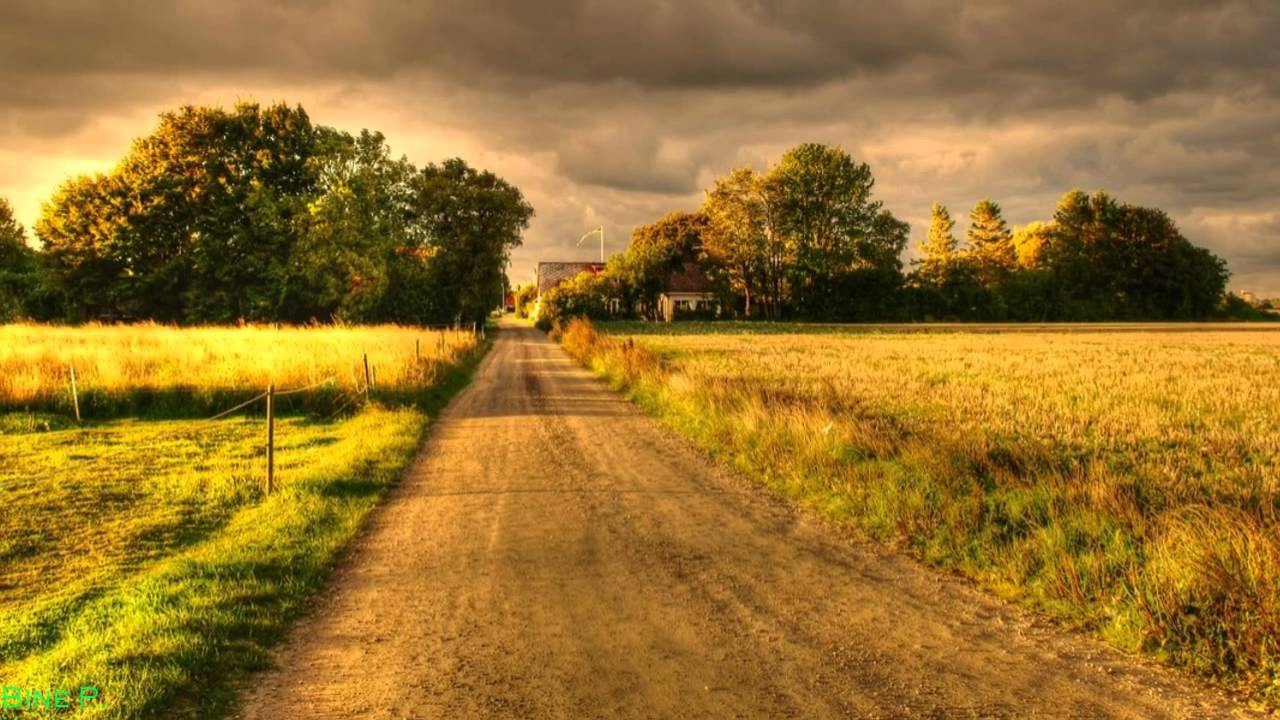Expect the unexpected - Country roads are filled with hazards, so be prepared for any eventuality. On any given country road, you’re likely to encounter hidden turnings, bends of varying sharpness and blindness, dips in the road and hidden crests, bends straight after crests, trees and/or wildlife – all of which require that the driver keep their wits about them.
Use your sat nav - If you have satellite navigation fitted to your car, it can be particularly useful for telling you what’s ahead. Zoom in so you have the road you’re on in a large scale, which will tell you what it’s doing ahead, any twists and turns, or junctions. It’s not infallible – dips and crests can be missed – but the occasional look at the screen can prepare you and help with braking and gear selection.
Slow in, fast out - We don’t want you to take the race driver’s mantra literally, but if you follow the first part and brake and change down before a sharp bend, your vehicle will be in a better position to accelerate away once you’re clear of it.
Check your speed - Speed on a country road can be a tricky thing. Posted speed limits can sometimes be deceptive and it’s best not to see them as a target. On some roads the national speed limit of 60mph might be too quick for the road, so keep assessing whether you’re at the right speed for the conditions and whether you feel in control.
Watch the road surface - Country roads can have road surfaces that can prove the undoing of the unsuspecting driver. Potholes are a particular issue, so slow down in order to give yourself time to avoid them. In winter, black ice or patches of ice in the shadows of trees can take longer to defrost in the morning than the rest of the road, so look out for them. Drainage of unevenly surfaced country roads is sometimes sketchy, so keep an eye out for patches of standing water: you don’t want to aquaplane into a ditch.
Country roads are also home to tractors that drive off fields and deposit large clumps of mud on the tarmac. This can make the road surface slippery, especially when rains, so take extra care in these conditions.
Slow-moving traffic - Another concern with tractors is that they slow down traffic, but it’s important to remember that they have as much right to be there as you, so remain patient. Don’t try any risky overtaking manoeuvres: make sure you have a clear view of the road ahead and there are no bends coming up. The positive side is that many farm workers will move over to let you pass – plus, of course, they rarely travel very far on a public road, so they’ll soon turn off. Caravans and trailer are more of an issue, but the advice about staying patient and staying safe is just as valid – if not more so.
Beware vulnerable road users - Horse riders and cyclists are common on country roads. They’re more vulnerable than road users in vehicles, so take special care when passing them. Slow down for horses and don’t do anything to startle them, such as honking the horn or revving the engine loudly. Approach overtaking cyclists with the same care you would a car, allowing them the distance you would a motorized vehicle. Experienced cyclists will often ‘take the road’ if there is not enough room for a car to overtake them safely and, not only are they entitled to ride in the middle of the lane, the Highway Code encourages them to. So don’t get angry with them, slow down and wait until you have the space to pass safely. Be wary of walkers and always assume there is something around the corner.
Village residents - Rural roads are often interspersed with villages, which often have strict (and strictly enforced) speed restrictions and traffic calming measures. Drive cautiously and at a moderate speed (most have posted limits of 20 or 30mph) through villages. Be aware of these – sometimes sudden – changes in speed and be especially vigilant around school drop-off and pick-up times.
Look for the signs - Official signs aren’t the only ones that can tell you a lot about country roads. Other signs, such as skid marks, broken fences, broken glass on the road and cars in ditches are a pretty good indication that the road is hazardous at that point.
Animal instinct - Animals can be a hazard on country roads. Whether it’s a herd of cows heading to or from milking, or sheep and deer just wandering into the road, you need to keep your wits about you and be ready to slow down or stop suddenly. Give extra care around deer or wild animal signs, especially in late spring and early autumn.
Be Seen Be Safe – If you need to stop on the side of a country road for whatever reason, your safety can never be guaranteed. However, if you carry a BriteAngle LED Warning Triangle, you can significantly increase the chances of being seen, due to its high intensity LED’s. So wherever you may be travelling this Christmas, carry a BriteAngle to help protect yourself, your loved ones and the road users around you.
